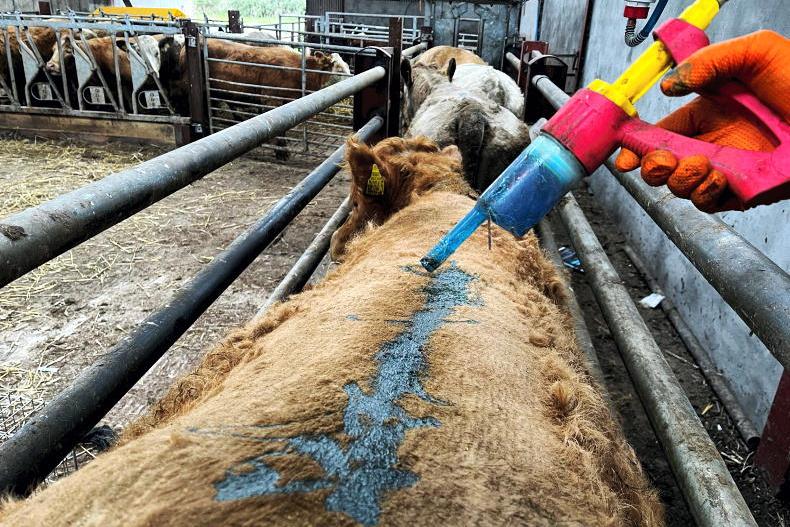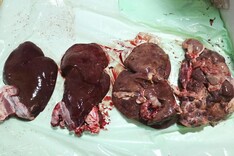The mild autumn has been warmly welcomed by livestock farmers. As cattle graze well into November, there are big savings on fodder, costs and an easing in the workload.
But be mindful that cattle at grass will continue to pick up fluke and burdens are likely to be higher this year as the mild autumn follows a wet summer.
Where housing is later than normal, factor this into your fluke drenching programme. It may require a change to a different fluke drench from the product normally used.
Choosing a product
When purchasing a fluke drench, pay attention to the active ingredient contained in the product. This is the part that determines when cattle should be drenched.
A product with a different brand name does not mean it contains a different active ingredient to the one you normally use.
Some drenches have an active ingredient that is most effective at targeting fluke at the immature stage. These products can be used around two to three weeks post-housing.
Other drenches are only effective at targeting mature fluke. Such products are best used around 10 to 12 weeks post-housing, which is effectively January to February from this weekend.
Withdrawal period
Such factors should also be kept in mind if there are plans to fatten cull cows and prime cattle in early spring.
If you use a drench that targets late-maturing fluke, be mindful of the withdrawal date for that product.
Cattle housed in mid-November and dosed 10 weeks later may not be slaughtered until late March to early April, depending on the duration of the required withdrawal period.
Read more
In pictures: autumn harvesting in action
Five tips for condition scoring cows
The mild autumn has been warmly welcomed by livestock farmers. As cattle graze well into November, there are big savings on fodder, costs and an easing in the workload.
But be mindful that cattle at grass will continue to pick up fluke and burdens are likely to be higher this year as the mild autumn follows a wet summer.
Where housing is later than normal, factor this into your fluke drenching programme. It may require a change to a different fluke drench from the product normally used.
Choosing a product
When purchasing a fluke drench, pay attention to the active ingredient contained in the product. This is the part that determines when cattle should be drenched.
A product with a different brand name does not mean it contains a different active ingredient to the one you normally use.
Some drenches have an active ingredient that is most effective at targeting fluke at the immature stage. These products can be used around two to three weeks post-housing.
Other drenches are only effective at targeting mature fluke. Such products are best used around 10 to 12 weeks post-housing, which is effectively January to February from this weekend.
Withdrawal period
Such factors should also be kept in mind if there are plans to fatten cull cows and prime cattle in early spring.
If you use a drench that targets late-maturing fluke, be mindful of the withdrawal date for that product.
Cattle housed in mid-November and dosed 10 weeks later may not be slaughtered until late March to early April, depending on the duration of the required withdrawal period.
Read more
In pictures: autumn harvesting in action
Five tips for condition scoring cows







 This is a subscriber-only article
This is a subscriber-only article










SHARING OPTIONS: